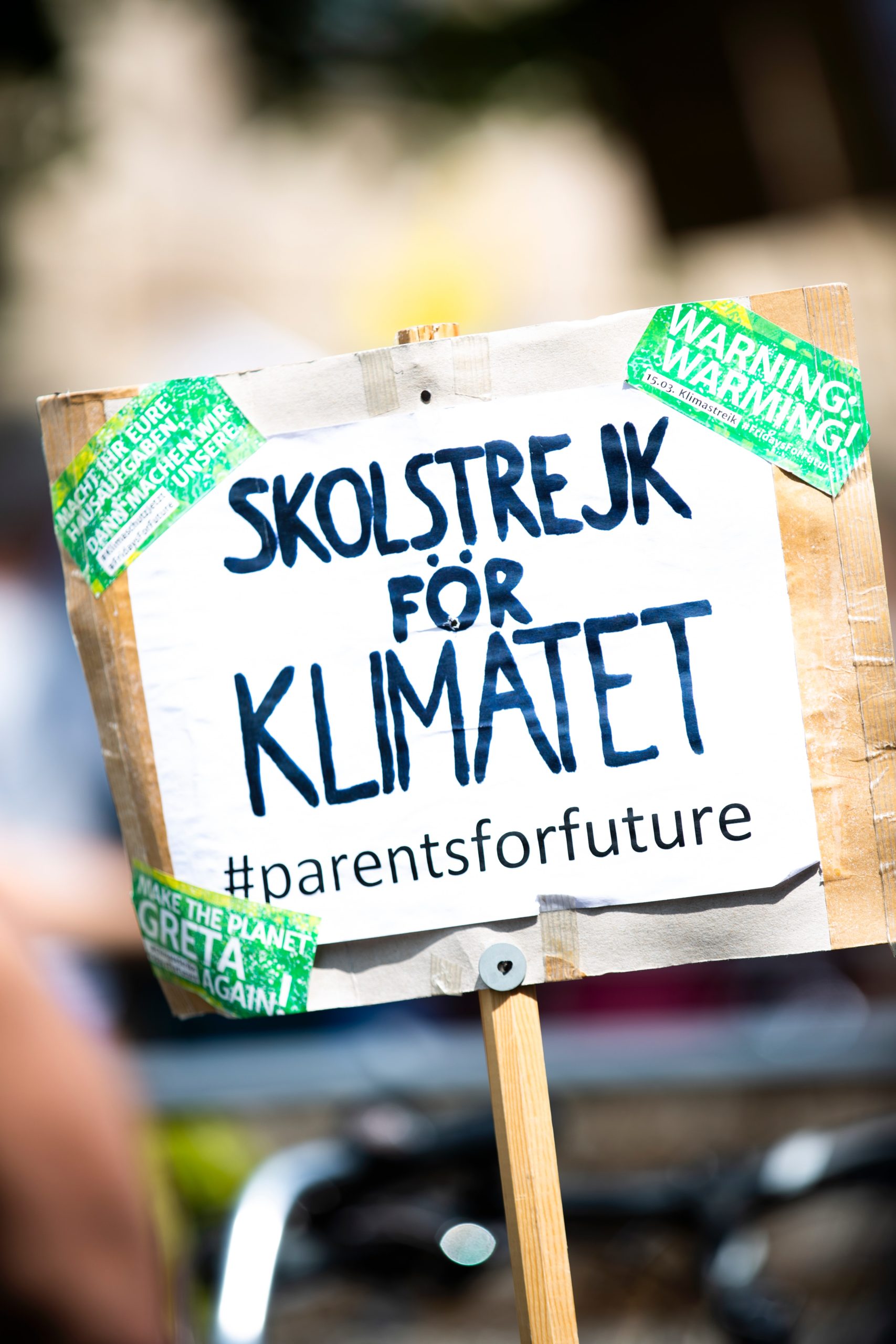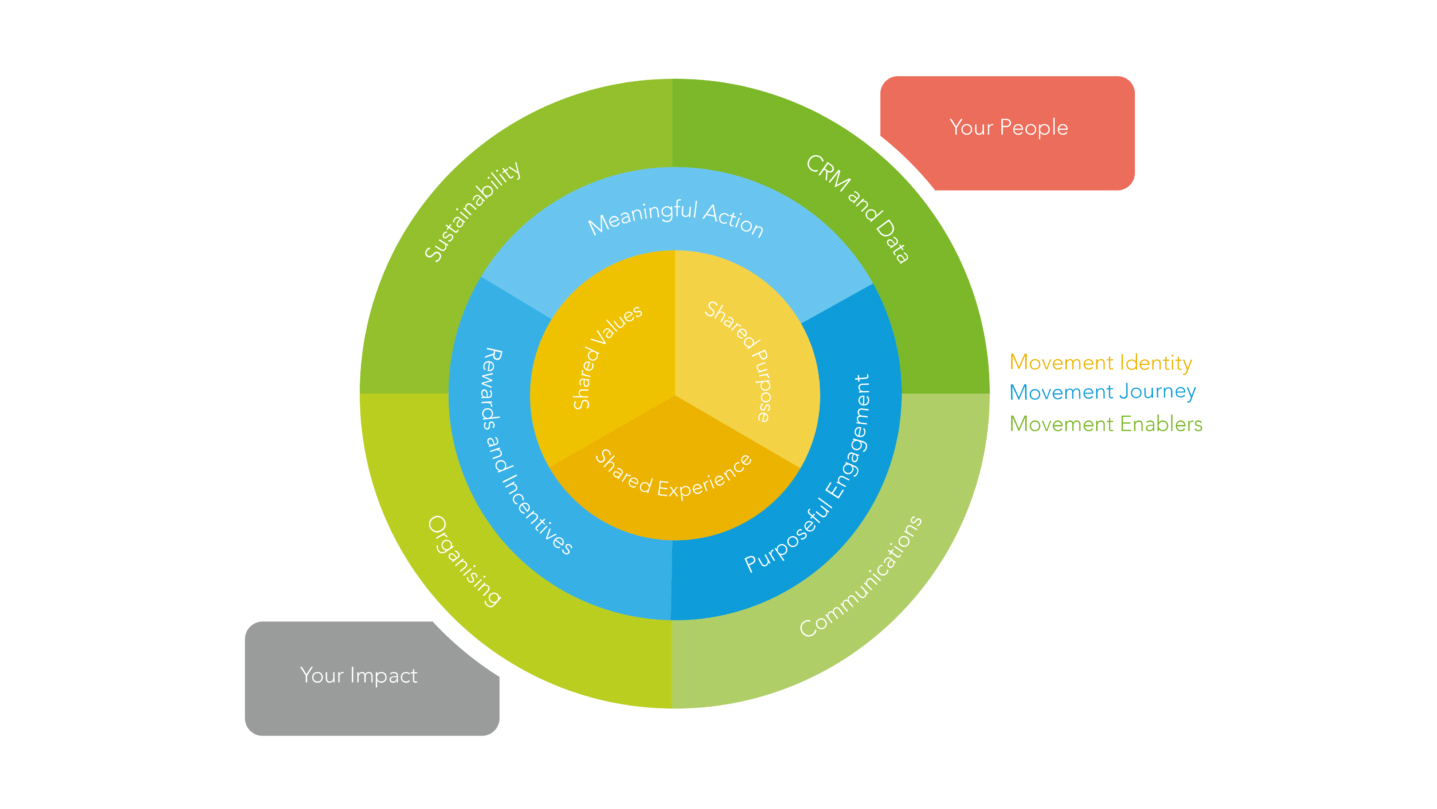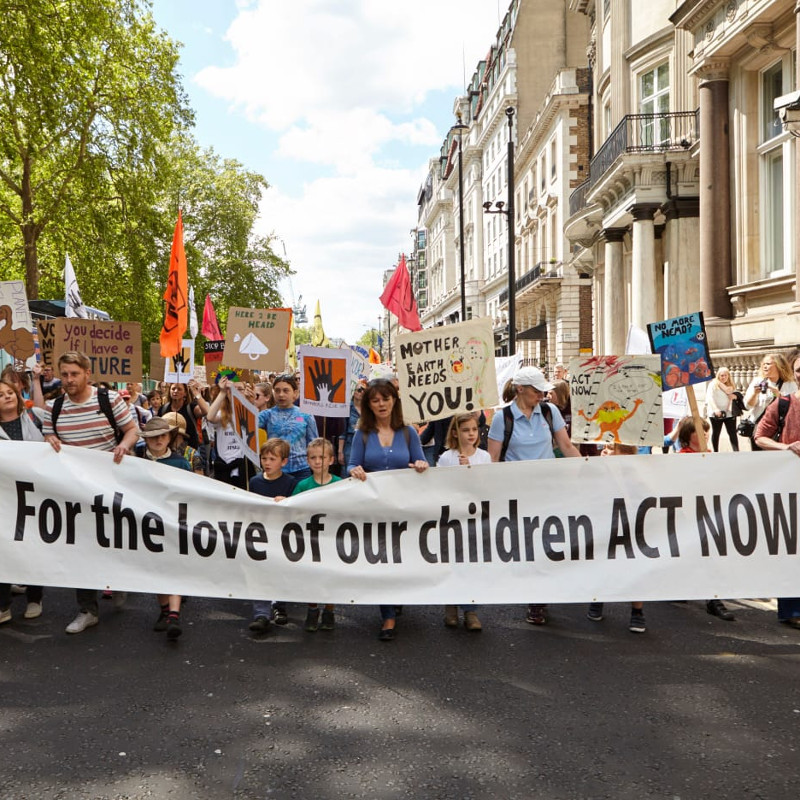The anatomy of the climate strike movement

What we can learn from the School Strike for Climate movement
Greta Thunberg’s school climate strikers have brought huge amounts of attention to the climate crisis in recent years. And as their movement grows, what lies behind their success? And what can other campaigners learn from them?
Here at The Social Change Agency, we’ve distilled our campaigning experience into a handful of core ingredients we commonly find to lie at the heart of world-changing movements. These make up our Movement Building Canvas.
In this article, we look at some of the key facts underpinning the School Strike for Climate movement to see what they tell us about effective campaigning.
Shared values, purpose and experience – the identity of the movement
It goes without saying that campaign groups and activists need things in common – a shared identity. This is vital for growing and sustaining a mass movement.
Climate strikers clearly value openness, universalism, social justice and the natural world. But their shared experience is best illustrated by two poignant questions:
“Why study for a future which may not be there?
Why spend a lot of effort to become educated, when our governments are not listening to the educated?”
These are the questions Fridays For Future asks its supporters. There is clearly a shared experience of sadness and anger at the older generation’s failures to safeguard our common home; to act on scientists’ warnings; to pass on a habitable planet; to have a future to look forward to.
These shared values and experiences give the movement its energy and its purpose: to hold their parents’ generation to account for these failures. These values and experiences are essential building blocks for social movements.
We encourage campaigners to continually articulate and return to these to drive their movements forward.

Meaningful action, engagement and incentives to fuel the movement’s journey
To young people, the proposition of a protest on its own might not have been enough to mobilise thousands. A school strike is a different proposition. Meaning is coded in the method. It offers a practical way to make the point that education is worthless when you take away the hope of a vibrant, secure home to flourish in.
Having a leader and messenger like 16-year-old Greta Thunberg is also an important factor in the movement’s success. As a former journalist, her story passes the TRUE test which underpins many great stories: Timely, Relatable, Unexpected and Evocative.
At a time when politicians offer crumbs in a global crisis, her story is relatable. And ultimately, nobody expected a young-looking 16-year old to be capable of such rousing, disruptive leadership evoking parallels with the likes of Rosa Parks and the Suffragettes.
We spoke to a school striker named Rebekah, who agreed, saying this movement is different from the feminist or labour movements she’d experienced before:
“[It’s different] because it’s so youth-led and global. [The climate strike] is something that I’ve seen grow from the beginning. And I think that’s really important and interesting. And it’s like we are all, as a generation, learning and growing together.”
Esther Foreman, CEO of The Social Change Agency added: “What the climate strikers have shown is the courage to take meaningful, disruptive action. After all, the school strikes would just be a protest if they were ordinarily allowed to go and if it took place outside school hours. This action challenges power and actually involves a fair amount of self-sacrifice. But these strikes are clearly a hugely rewarding and enriching exercise, making those sacrifices worthwhile.”
Organising and comms – the movement enablers
Communications, organising, sustainability and data are the four additional factors we identify as key movement enablers. When it comes to the climate strikes, Rebekah says the movement’s comms is very Instagram-oriented, given it’s young people’s preferred channel. And its organising style is collaborative, both in leadership and in the interactive maps and tools provided by ukscn.org and NGOs like Greenpeace.
“It’s mainly being run by the UK Youth Climate Coalition, who are obviously taking a lot of the logistical decisions,” she says. “But then, also I think it’s really branching out into whoever can make things happen. So it’s just one of those people reaching out to the Instagram account or the Facebook account and saying “hey, we’re going to have a strike here. We’d love if you could put it on the page so that people can see that it’s happening.”
The key question which remains is the sustainability of the movement. Can it accommodate and grow as its members grow up? Will disappointments deflate energy, or galvanise its members and encourage more people to join?
Climate striker Rebekah has clear ideas about her and her movement’s long term future:
“[My future self would say] keep doing what you’re doing. And don’t be afraid for short-term consequences, or whether you’re going to get in trouble.
Because in the long-term what’s going to matter is the impact that you make on the future of society. And the more people that are willing to take up the fight, the better.
It’s not a I-don’t-care-about-my-education thing. It’s a I-want-to-make-the-world-a-better-place sort of thing.”
Learn more about movement based approaches to campaigning
![Download The Movement Building Canvas [Free Resource]](https://no-cache.hubspot.com/cta/default/9184296/13c7001c-ce16-426c-9dd7-c29a8c6caac9.png)

